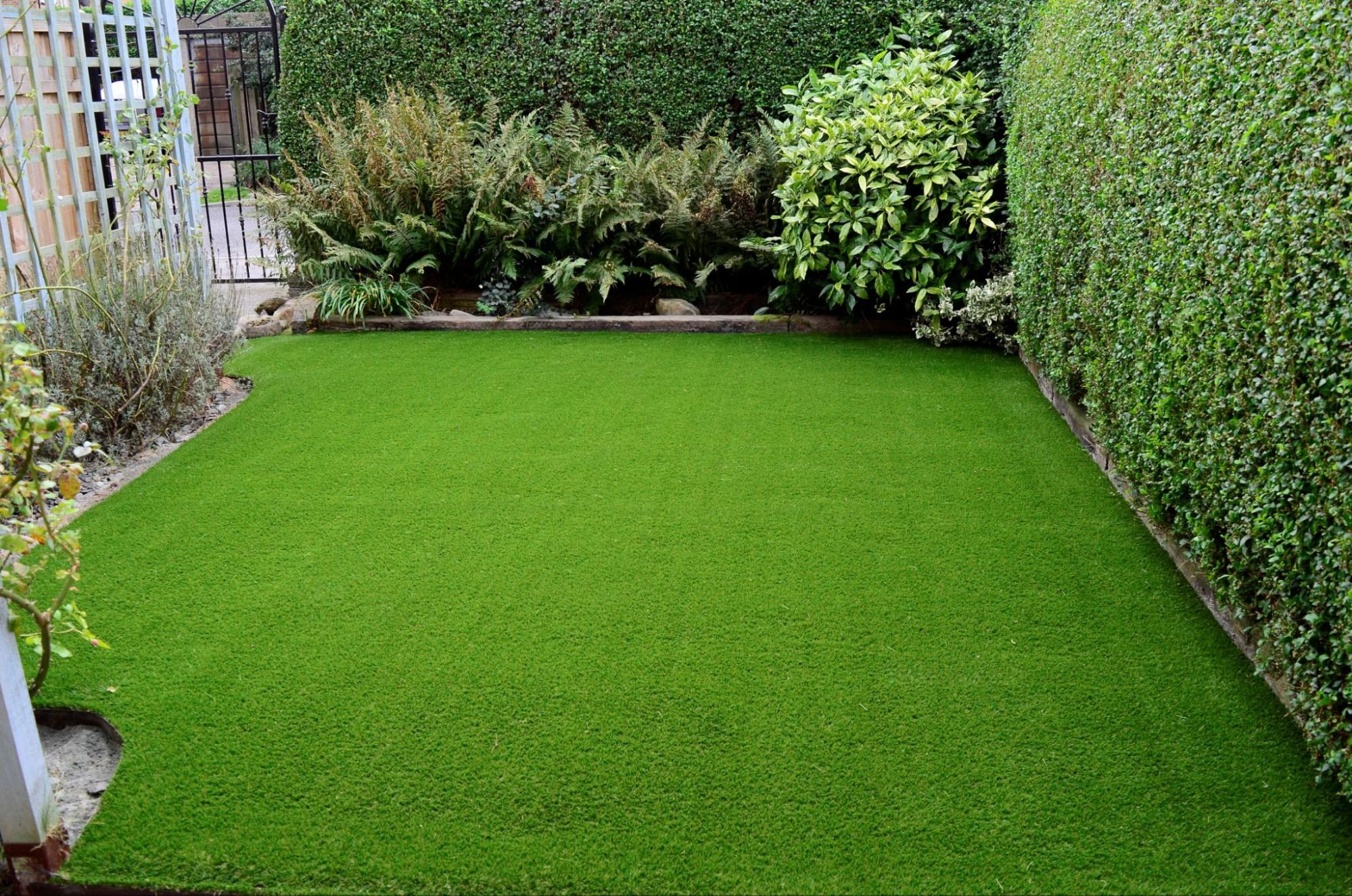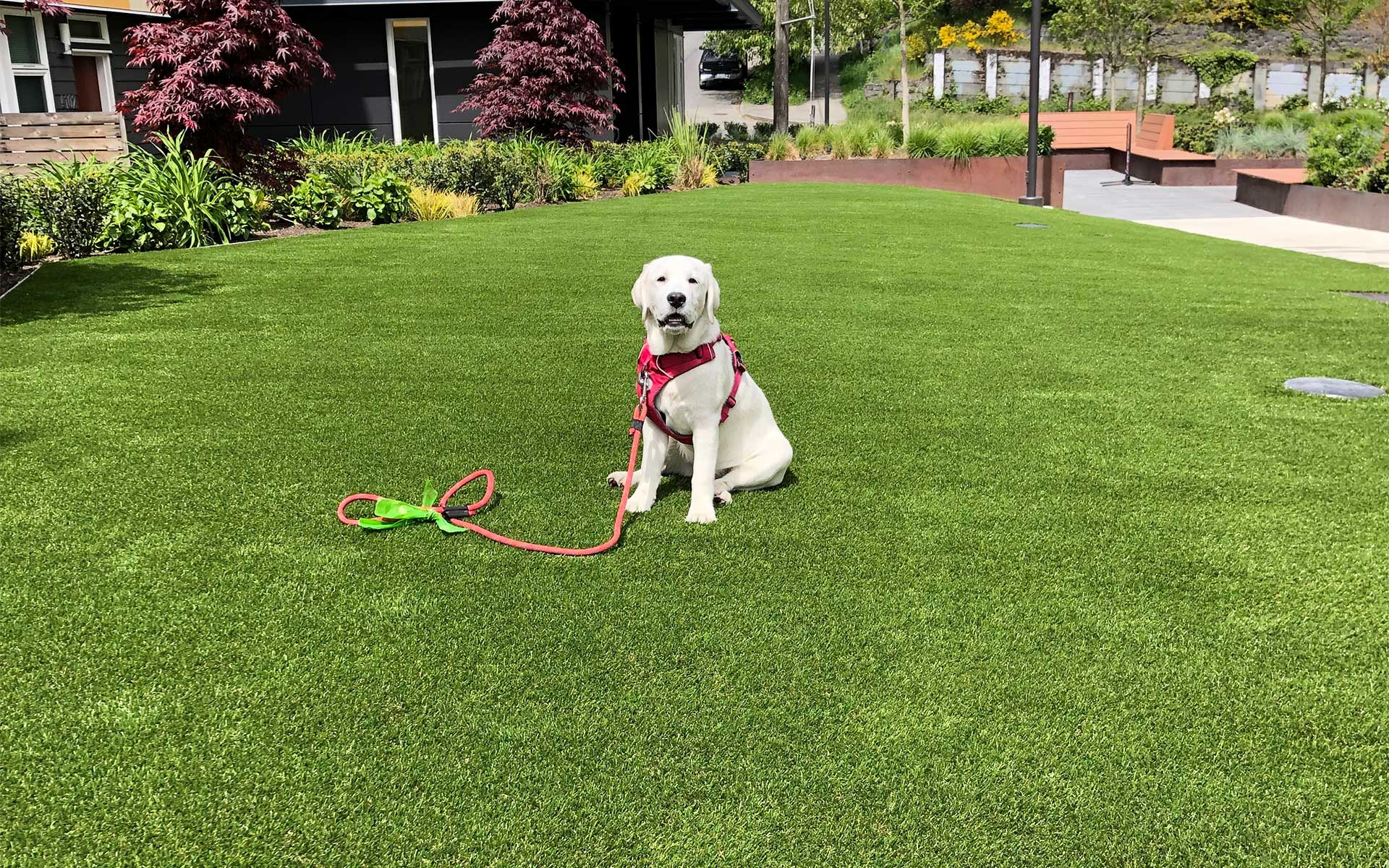See Why Homeowners Prefer Synthetic Grass for Sustainable Landscape Design Practices
As home owners significantly focus on sustainability in landscape design, fabricated lawn has actually emerged as a compelling option to conventional turf. Its capability to conserve water, reduce upkeep initiatives, and lessen environmental effect positions it as a useful choice for those looking for environmentally friendly solutions. The aesthetic charm and convenience of fabricated grass cater to varied style preferences. The ramifications of this change prolong past simple benefit and visual appeals, motivating a better examination of just how these choices affect broader ecological outcomes. What continues to be to be checked out is the complete range of advantages that synthetic grass can use to homeowners and the setting alike.
Water Conservation Advantages
Among one of the most significant advantages of synthetic grass is its duty in water conservation. Traditional yard yards need considerable amounts of water to maintain their lavish appearance, commonly resulting in overuse of local water sources, particularly in deserts. On the other hand, synthetic grass eliminates this demand completely, as it does not need watering. This not just preserves water yet additionally lowers the pressure on municipal water systems, particularly during drought conditions.
Moreover, the installation of synthetic grass can add to a more sustainable landscape. Property owners can dramatically lower their water bills, enabling reallocation of resources to various other ecological campaigns or family uses. Additionally, artificial turf is made to hold up against numerous climatic conditions without the need for supplementary watering, making it a suitable option for regions encountering water shortage.
The environmental advantages prolong beyond immediate water savings. By reducing water intake, man-made turf aids to alleviate the impacts of environment modification, protecting important communities that are threatened by extreme water extraction. As lasting landscaping techniques acquire grip, fabricated lawn becomes an accountable option for property owners looking for to produce environment-friendly outdoor rooms.
Decreased Upkeep Efforts
Synthetic grass dramatically minimizes upkeep efforts compared to typical turf yards. With synthetic turf, home owners can get rid of the taxing tasks connected with all-natural landscaping, such as mowing, feeding, and weeding. This not just saves beneficial time but likewise reduces physical labor, making lawn treatment obtainable for individuals of any ages.
Among the most remarkable benefits is the absence of routine mowing. Typical lawns require regular cutting to preserve a cosmetically pleasing height, whereas synthetic grass continues to be consistently lush without the requirement for reducing. In addition, property owners no much longer require to use pesticides or plant foods, which are frequently needed to maintain all-natural grass healthy. This shift not only lightens the workload however likewise promotes a neater, more uniform appearance year-round.
Moreover, artificial turf is resilient and sturdy, needing very little upkeep past periodic cleaning and washing to eliminate debris. This convenience of upkeep allows homeowners to appreciate their outside rooms without the consistent concern of upkeep, giving even more time for leisure and family members tasks. Ultimately, the reduced maintenance initiatives related to synthetic grass make it an enticing choice for those seeking a low-maintenance, aesthetically appealing landscape.

Environmental Effect Decrease
There is a growing recognition of the ecological advantages connected with fabricated lawn, especially in terms of water conservation and decreased chemical use. Standard grass need considerable quantities of water, specifically in drought-prone regions, bring about enhanced stress on regional water resources. On the other hand, synthetic lawn eliminates the demand for irrigation, substantially minimizing water intake and promoting sustainability.
Furthermore, traditional lawn upkeep frequently involves the application of pesticides, herbicides, and fertilizers, which can contribute to soil and water air pollution. Synthetic grass mitigates this environmental danger by needing very little upkeep and virtually removing learn the facts here now the requirement for damaging chemicals. This not only enhances dirt health and wellness but also shields regional ecological communities from poisonous overflow.
Moreover, the manufacturing of natural grass yards usually involves using nonrenewable fuel sources for mowing and landscape design devices, further adding to greenhouse gas emissions. By picking synthetic grass, house owners can substantially lower their carbon impact connected with grass care tasks.
Aesthetic Allure and Adaptability
Along with its ecological advantages, artificial lawn supplies considerable aesthetic appeal and versatility for landscaping. Home owners can achieve a rich, environment-friendly appearance year-round, getting rid of the seasonal changes generally connected with natural turf. This constant visual not just enhances the visual appeal of a property but likewise contributes to a refined and properly maintained look.
Furthermore, synthetic grass is readily available in a selection of designs, appearances, and shades, permitting personalization to fit private preferences and style themes - Arizona turf. Whether made use of in domestic gardens, commercial spaces, or recreational locations, it can flawlessly incorporate into diverse landscape design styles, from contemporary minimalist to lush exotic setups
The adaptability of synthetic turf expands past simple appearance; it can be installed in numerous places, including roofs, patio areas, and even indoor rooms, producing possibilities for one-of-a-kind landscaping solutions. Additionally, it is ideal for a series of activities, from youngsters's backyard to pet-friendly environments, giving performance without compromising design.
Eventually, the visual charm and versatility of fabricated grass make it an attractive choice for property owners looking for sustainable landscape design services that do not sacrifice appeal for environmental duty.

Long-Term Expense Financial Savings
Among one of the most compelling benefits of synthetic grass is its possibility for long-term expense financial savings. Unlike natural grass, which needs regular upkeep-- including mowing, watering, feeding, and pest control-- synthetic grass dramatically lowers these recurring expenditures. House owners can conserve a considerable amount on water bills, especially in areas where water deficiency is a pushing problem. The elimination of lawn treatment solutions additionally contributes to financial cost savings, as there is no demand for customized tools or labor.
In addition, man-made grass has a lifespan of 15 to 25 years, relying on its high quality and use. This durability lessens replacement prices, making it a much more affordable option over time. The initial financial investment in artificial lawn can typically be recouped with the financial savings accumulated over time.
While the ahead of time cost might appear higher contrasted to turf installment, the advancing financial savings from decreased maintenance and water use typically exceed these first expenses. Inevitably, the adoption of synthetic lawn not only advertises a lasting landscaping option yet also provides home owners a financially smart choice that straightens with long-term budgeting goals.
Verdict
Synthetic grass arises as an engaging option for sustainable landscaping, using substantial benefits check this site out in water preservation, reduced maintenance efforts, moved here and lessened ecological impact. Its aesthetic appeal and adaptability boost the aesthetic landscape while straightening with modern-day sustainability objectives. Furthermore, long-term cost financial savings add to its good looks for homeowners. As communities increasingly prioritize environmentally pleasant methods, the adoption of synthetic grass represents a progressive step towards attaining lasting and durable landscapes.
Furthermore, synthetic lawn is created to stand up to various weather conditions without the demand for extra watering, making it an optimal choice for areas dealing with water deficiency. (Arizona artificial turf)

Fabricated grass emerges as an engaging choice for sustainable landscaping, supplying substantial benefits in water conservation, reduced upkeep initiatives, and decreased environmental influence.